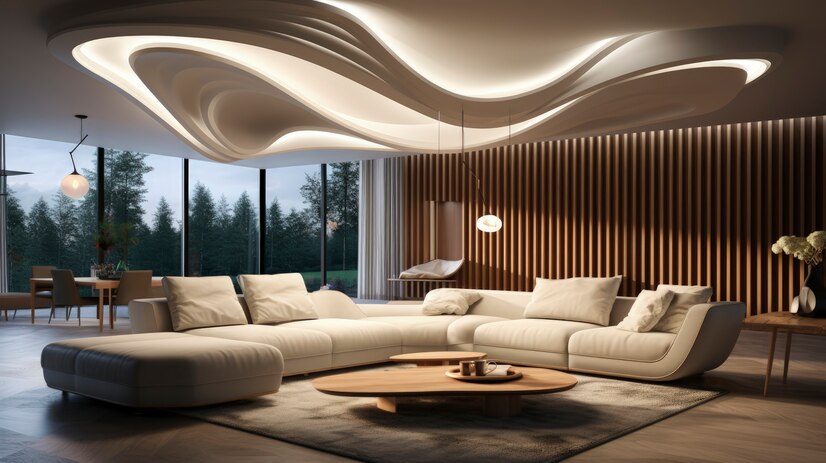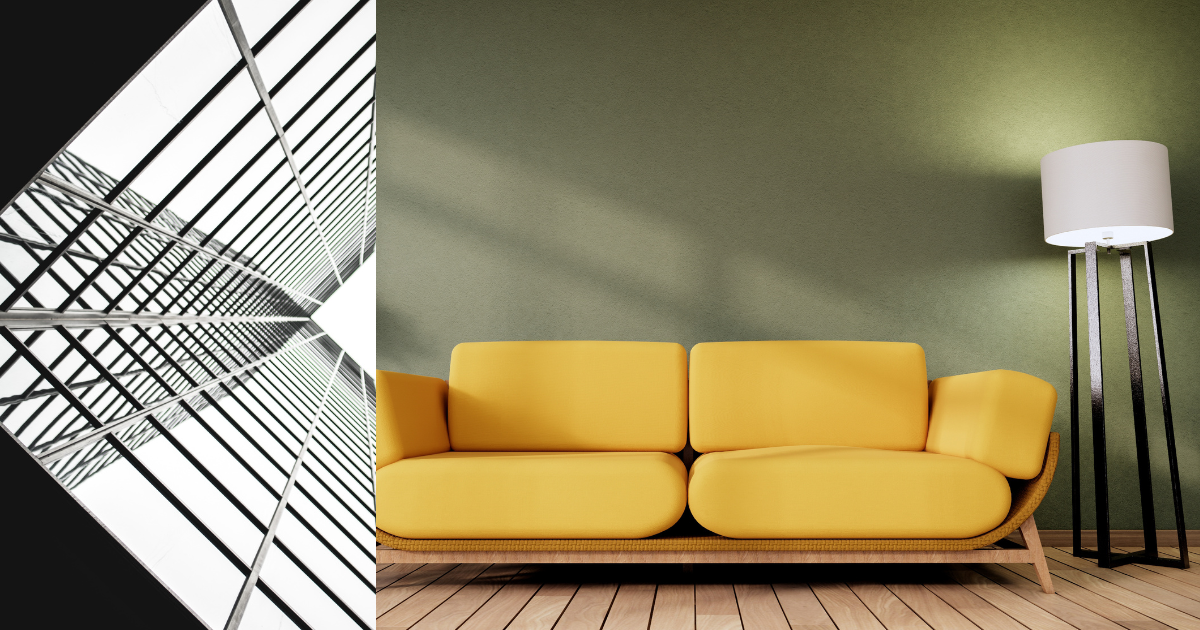What is the Difference Between Architecture and Interior Design?

When we start a construction or renovation project, understanding the roles and distinctions between architecture and interior design can be crucial. Both professions are integral to creating functional, aesthetically pleasing spaces, but they focus on different aspects of the built environment. This blog post will explore the difference between architecture and interior design, shedding light on their unique roles and contributions.
Introduction
Architecture and interior design are two closely related fields that often overlap. However, they have distinct responsibilities and scopes of work. This post aims to clarify these differences by examining the roles of architects and interior designers, the nature of their work, and how they collaborate to create cohesive spaces.
Who is Architecture?
Architecture is the art and science of designing buildings and other physical structures. It involves the planning, designing, and overseeing of the construction of buildings. Architects must ensure that structures are safe, functional, and aesthetically pleasing.
Who is an Interior Designer?
Interior design, on the other hand, focuses on the interior spaces of buildings. Interior designers work on the aesthetics, functionality, and overall feel of indoor environments. They select color schemes, furniture, lighting, and materials to create spaces that meet the needs of the occupants.
Educational Background
The educational paths for architects and interior designers differ significantly. Architects typically need a professional degree in architecture, which includes extensive coursework in engineering, maths, and physical sciences, alongside design principles. Interior designers usually earn a degree in interior design, which focuses more on aesthetics, space planning, and human behaviour.
Roles of an Architect
The roles of an architect are broad and encompass various stages of a project. Architects:
- Design buildings and structures.
- Develop detailed plans and blueprints.
- Ensure structural integrity and compliance with building codes.
- Coordinate with engineers and contractors.
- Oversee the construction process to ensure the design is implemented correctly.
Roles of an Interior Designer
The roles of an interior designer are more focused on the interior aspects of a space. Interior designers:
- Plan and design interior layouts.
- Select furniture, fixtures, and finishes.
- Create mood boards and visual representations.
- Ensure the space is functional and aesthetically pleasing.
- Collaborate with architects and contractors to ensure design consistency.
Project Scope and Focus
How architecture differs from interior design is evident in the scope of their work. Architects focus on the structural and exterior aspects of buildings, ensuring safety and compliance with regulations. Interior designers concentrate on the interior spaces, enhancing the user experience and aesthetic appeal.
Design Process
In the architecture vs interior design debate, their design processes also differ. Architects start with conceptual designs, followed by detailed drawings and technical specifications. Interior designers begin with mood boards and sketches, moving on to detailed plans for furniture, color schemes, and materials.
Collaboration
While their roles are distinct, architects and interior designers often collaborate closely. Architects may provide the structural framework within which interior designers create functional and beautiful spaces. This collaboration ensures that both the exterior and interior of a building are cohesive and complementary.
Regulatory Requirements
Architects must adhere to stringent building codes and regulations, ensuring that their designs are safe and legally compliant. Interior designers also need to be aware of these regulations, particularly in commercial projects, but their primary focus is on aesthetics and functionality.
Career Paths
The career paths for architects and interior designers can also vary. Architects might work in architectural firms, construction companies, or as independent consultants. Interior designers might find opportunities in interior design firms, retail, or as freelance designers.
Conclusion
In summary, while architecture and interior design are interconnected fields, they have distinct roles and responsibilities. Understanding the difference between architecture and interior design can help you appreciate the unique contributions each profession makes to creating functional, beautiful spaces. Architects focus on the structure and safety of buildings, while interior designers enhance the interior spaces to improve the quality of life for the occupants. Together, they create harmonious environments that are both practical and visually appealing.
By recognizing the roles of an architect and the roles of an interior designer, and understanding how architecture differs from interior design, you can better navigate your next building or renovation project. Whether you’re planning a new construction or refreshing an existing space, both architects and interior designers play crucial roles in bringing your vision to life.
Website: https://newspacesinterior.com/
Instagram: https://www.instagram.com/new_spaces_interiors/
Phone: +9179 7207 9381








